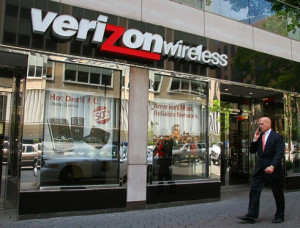 Verizon has signed an agreement to acquire EdgeCast Networks, in an effort to enhance its video delivery and Web services capabilities.
Verizon has signed an agreement to acquire EdgeCast Networks, in an effort to enhance its video delivery and Web services capabilities.
The growth of online video, both in fixed and mobile networks has made content delivery networks such as EdgeCast and the services they offer more interesting. Verizon’s Digital Media Services unit will integrate EdgeCast’s capabilities to further improve “ability to meet the exponential growth in online digital media content, as well as broaden its portfolio of site acceleration services for enterprises,” the operator said on Monday.
With the acquisition, Verizon will get its hands on EdgeCast’s content delivery network, a global network of servers that can be used to handle traffic spikes, stream content to thousands of viewers concurrently, or secure websites from attacks, according to EdgeCast.
This isn’t the first time this year Verizon has opened its wallet to improve its video distribution capabilities. Last month, Verizon announced the acquisition of technology from upLynk that streamlines the process of uploading and encoding video for live, linear and video-on-demand content.
EdgeCast’s list of customers includes Pinterest, Kellogg’s, Mercedes, Yahoo and WordPress.
The financial details of the deal were not revealed, but Verizon’s and EdgeCast’s board of directors have approved the acquisition and Verizon hopes to finalise it early next year, it said. Once the deal is complete, Verizon will compete with the likes of Akamai Technologies.
Today, online video is the biggest contributor to mobile traffic volumes, constituting 25 percent of total smartphone traffic and 40 percent of total tablet traffic, according to a recent report from telecom vendor Ericsson.
The rising number of smartphone subscriptions is the main driver for mobile-data traffic growth in the coming years. Users consuming more data per subscription – mainly driven by video – is adding to this. A compound annual growth rate of around 45 percent for data traffic is expected between 2013 and 2019 or by a factor of 10 during the whole period, Ericsson said.





